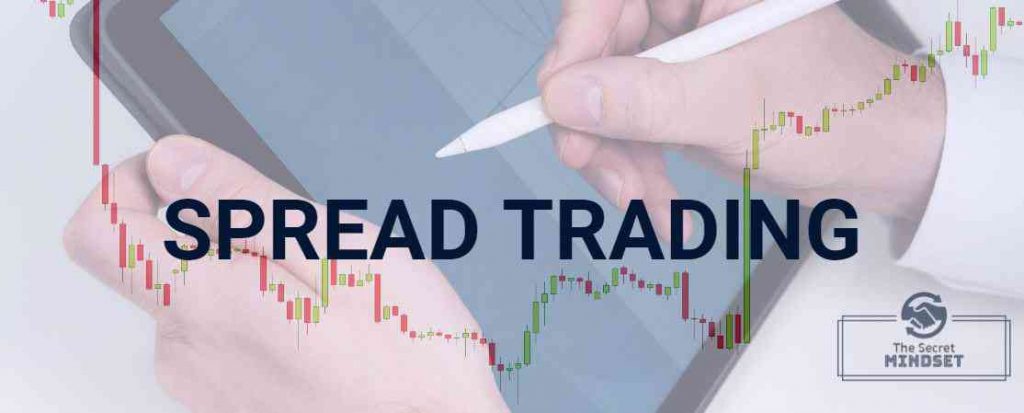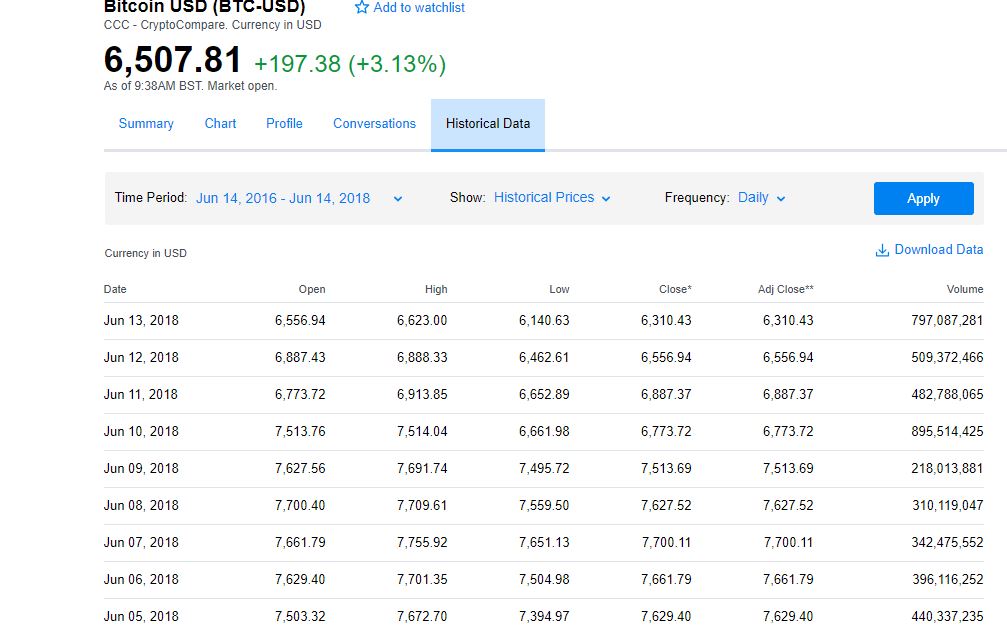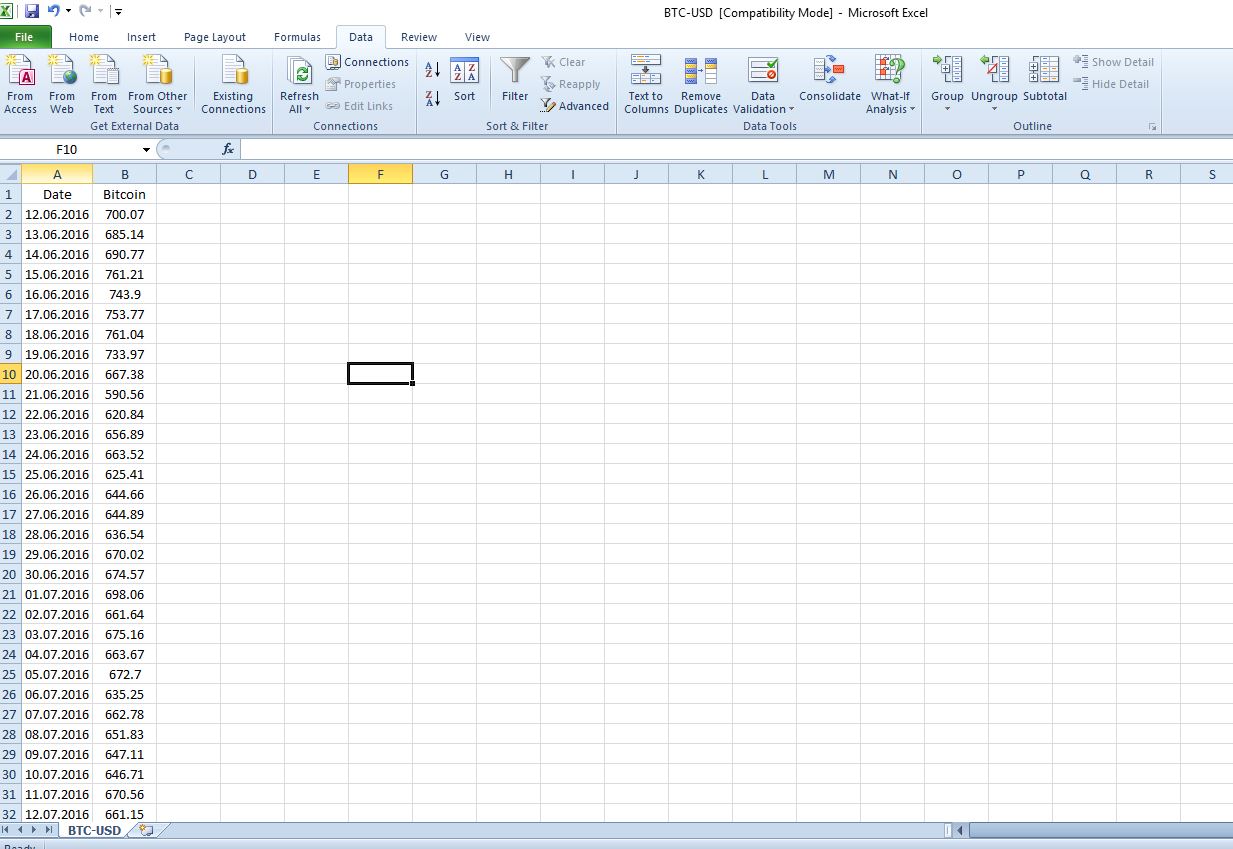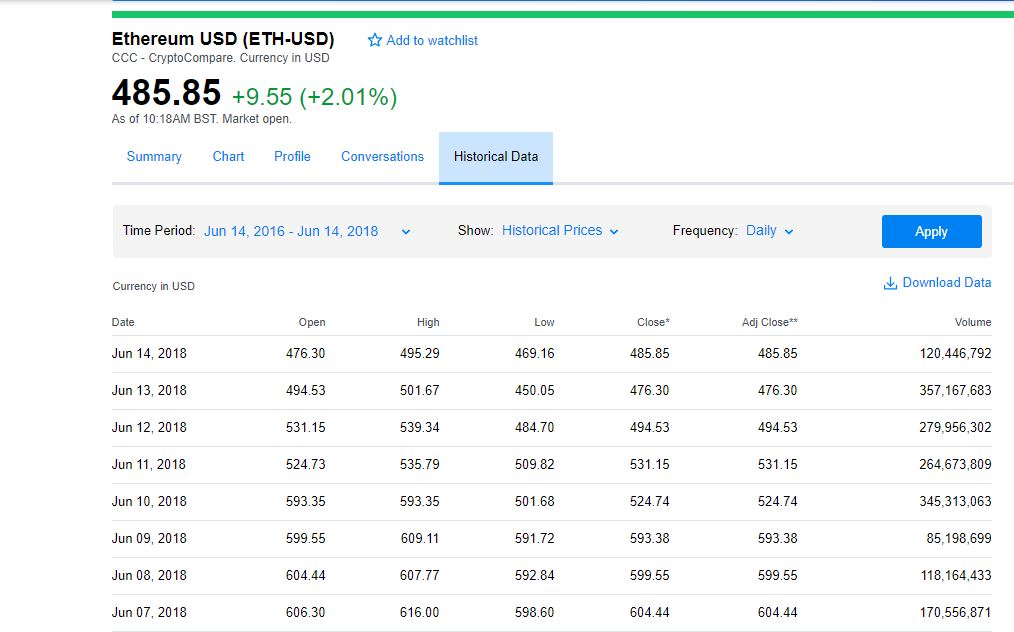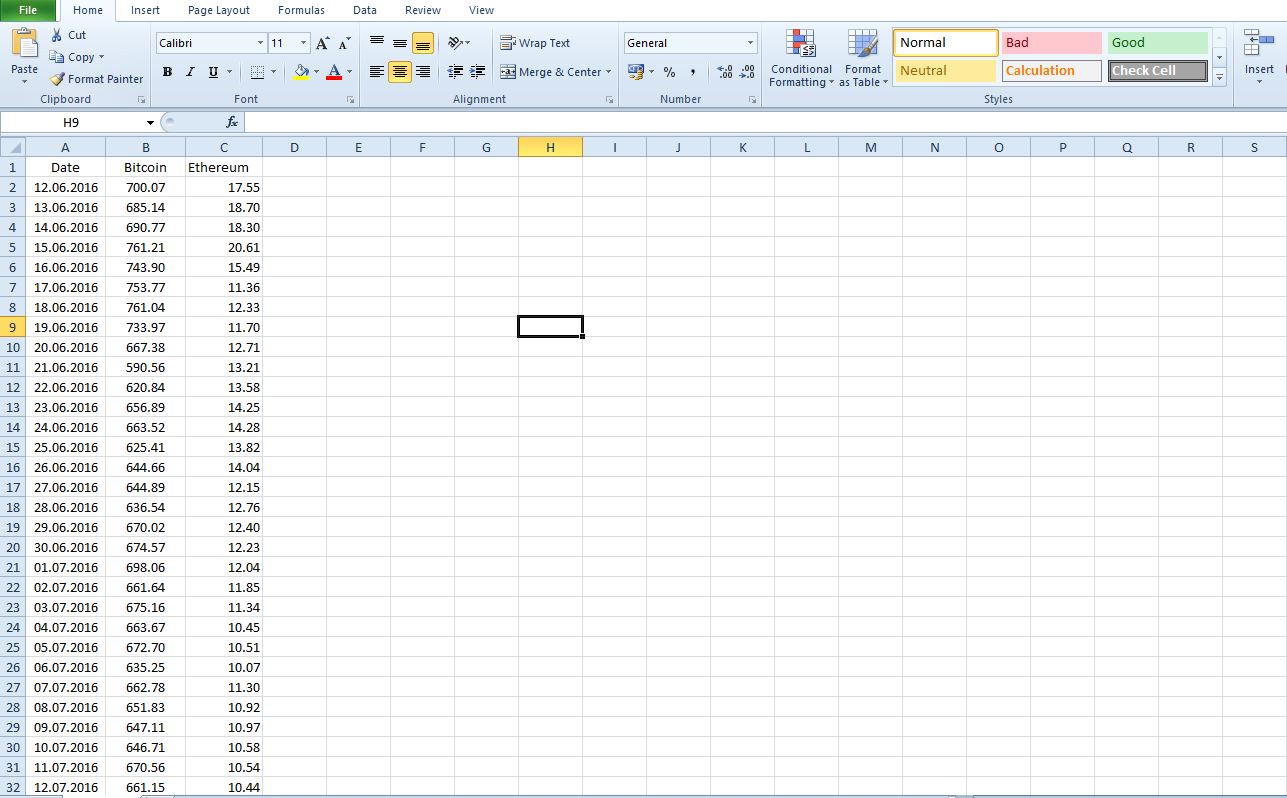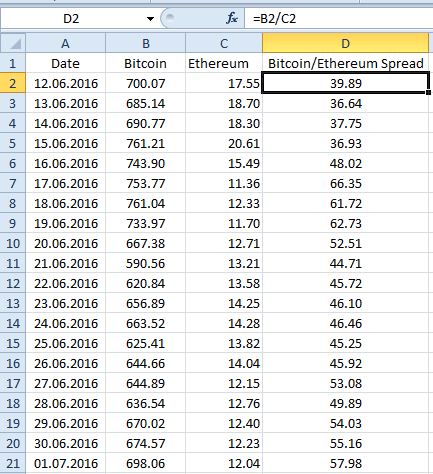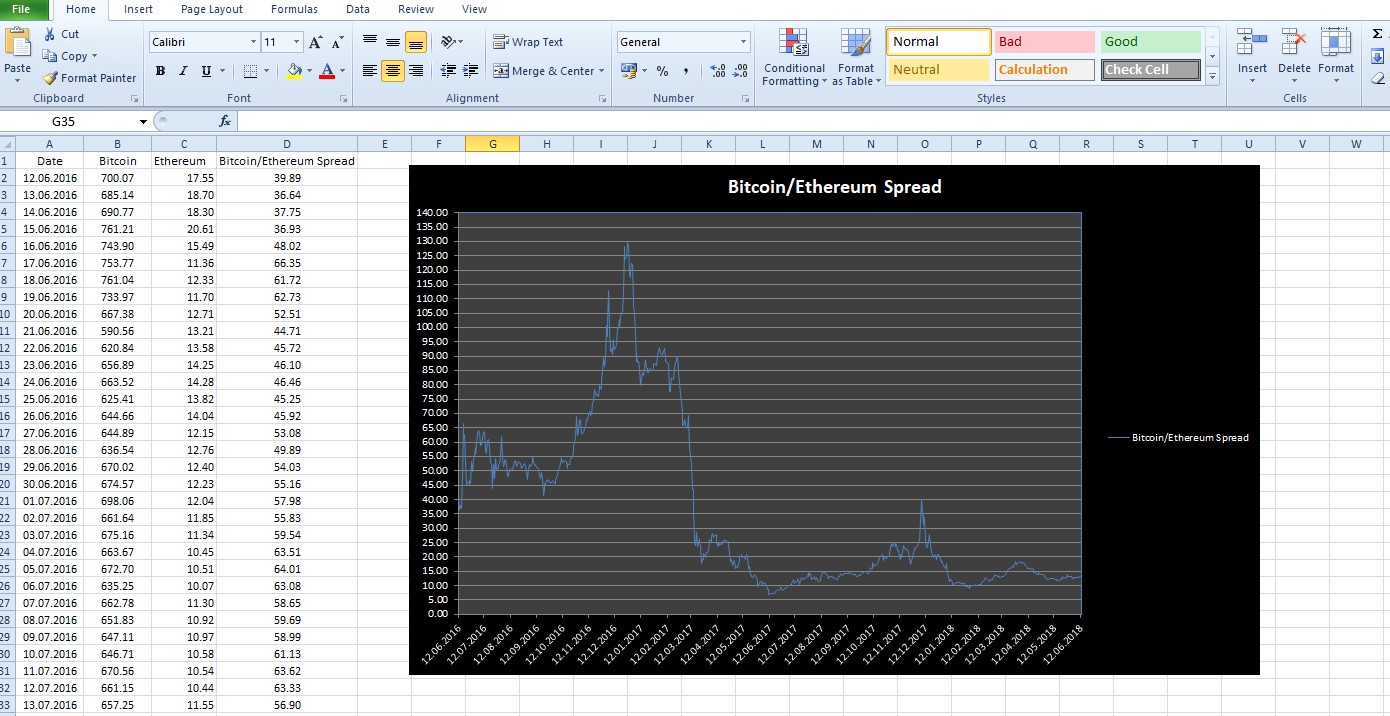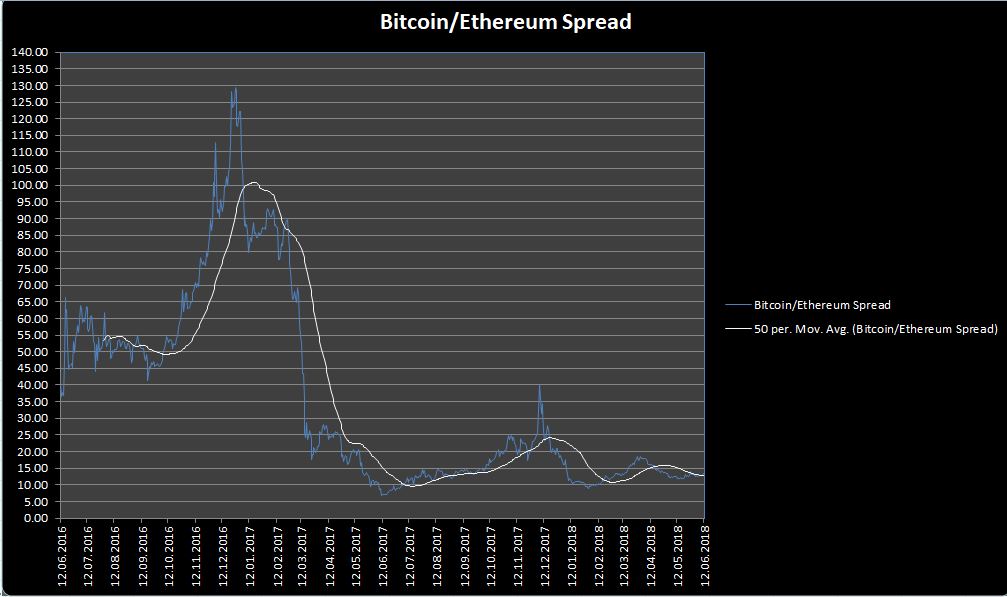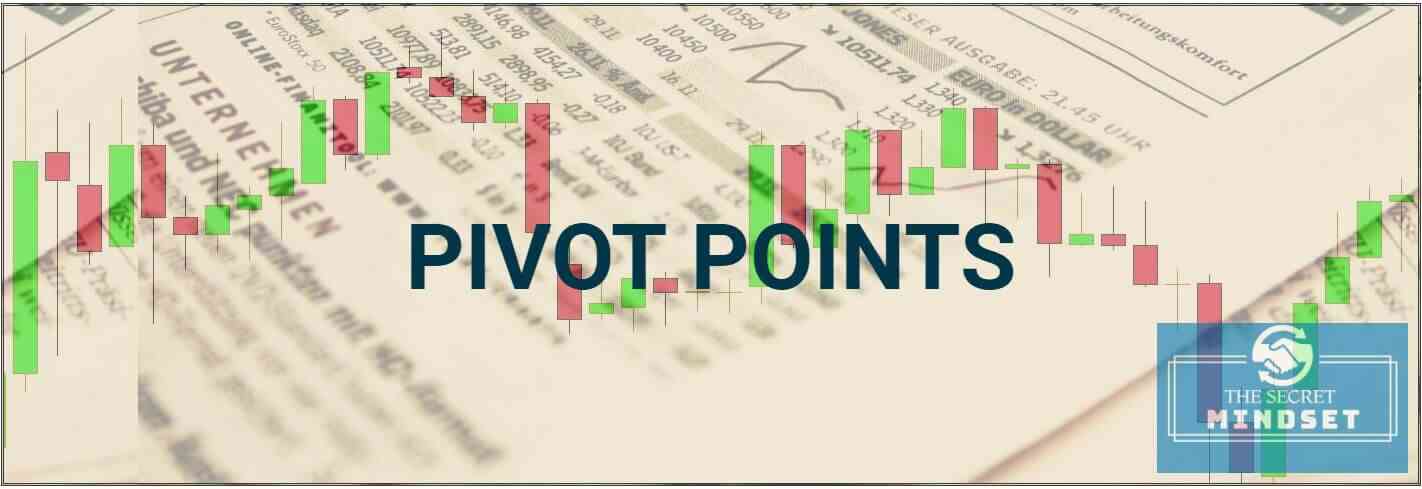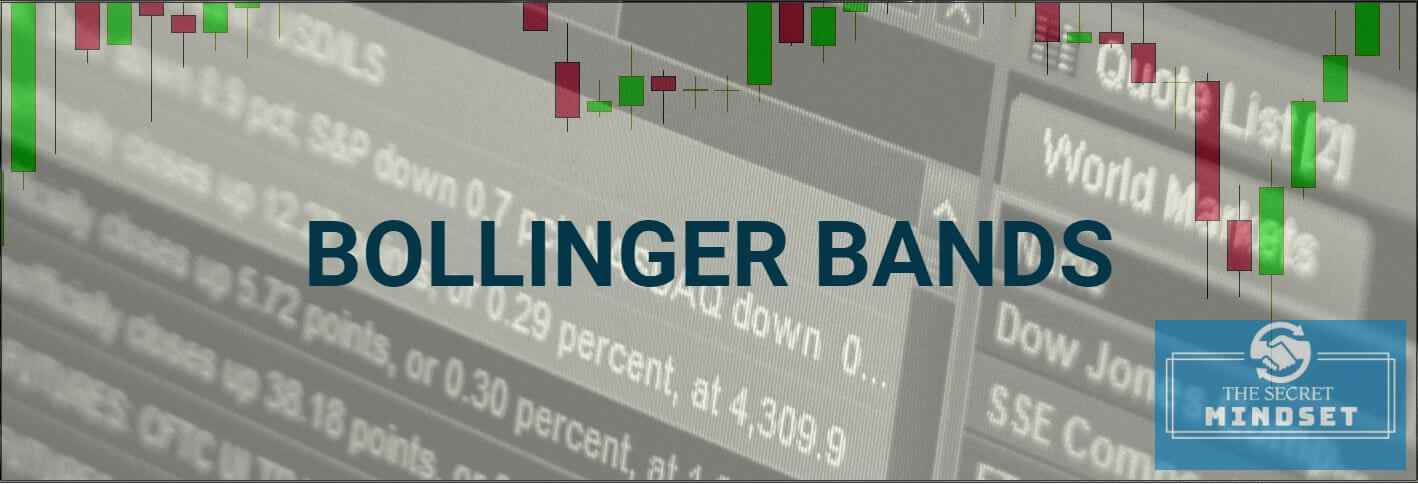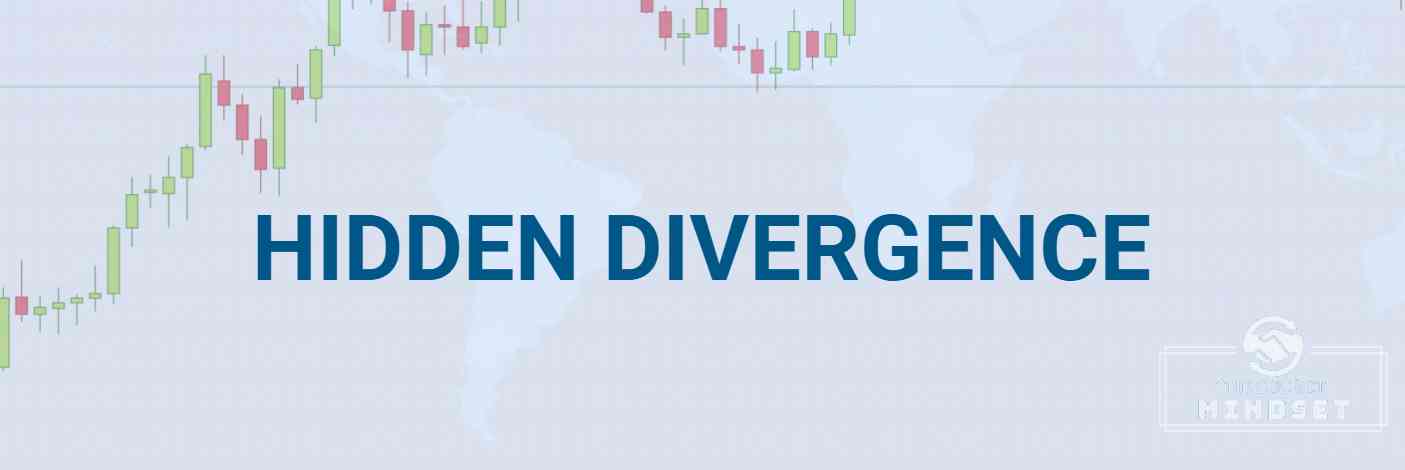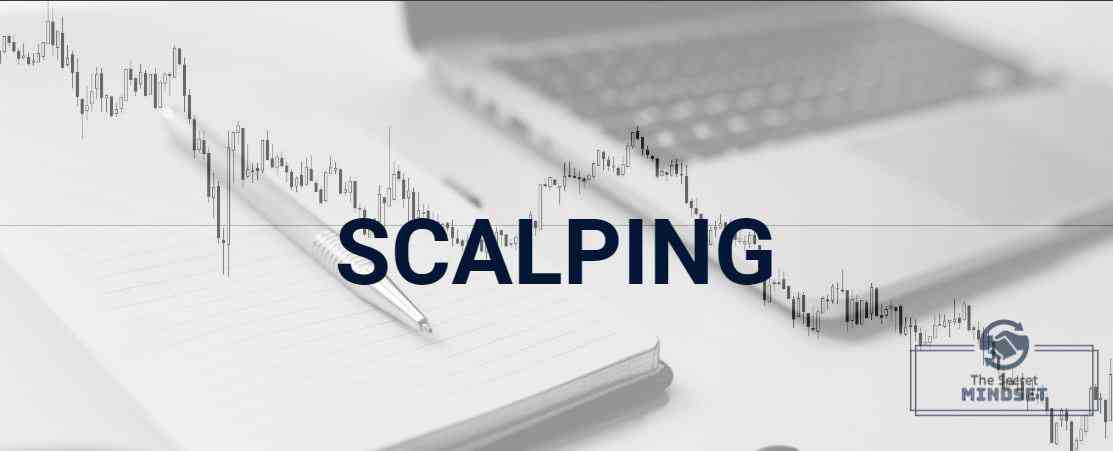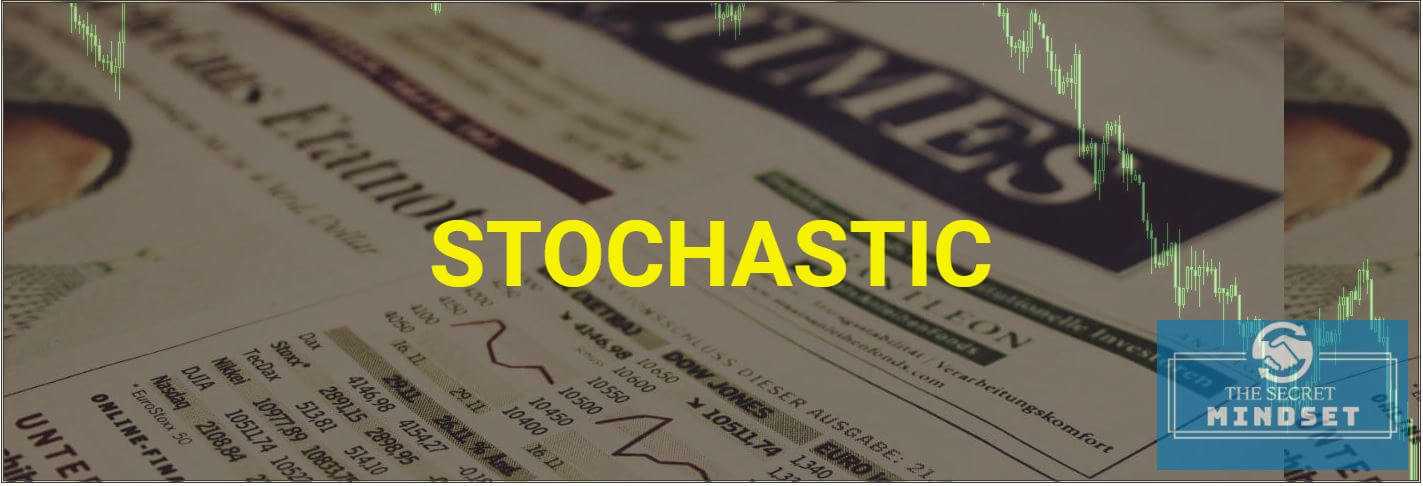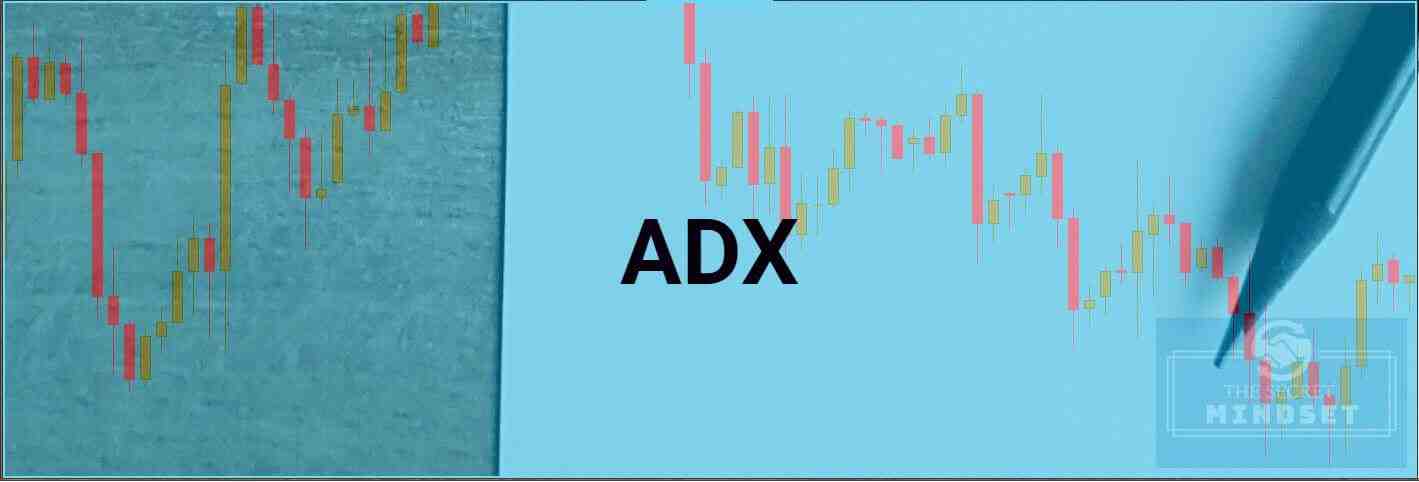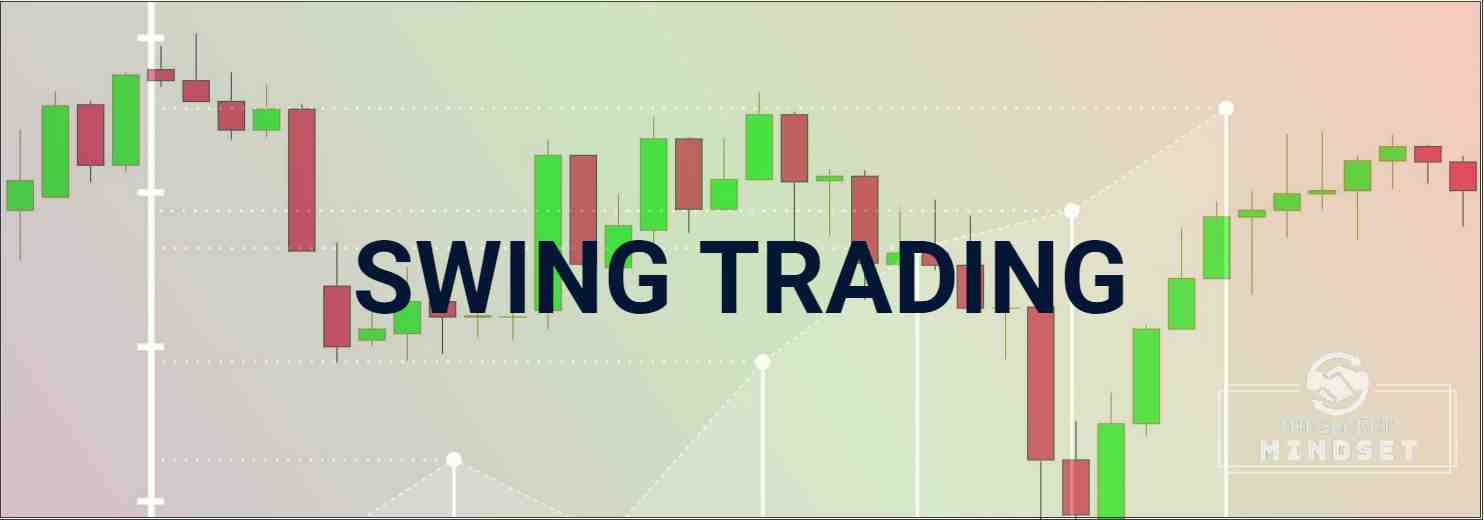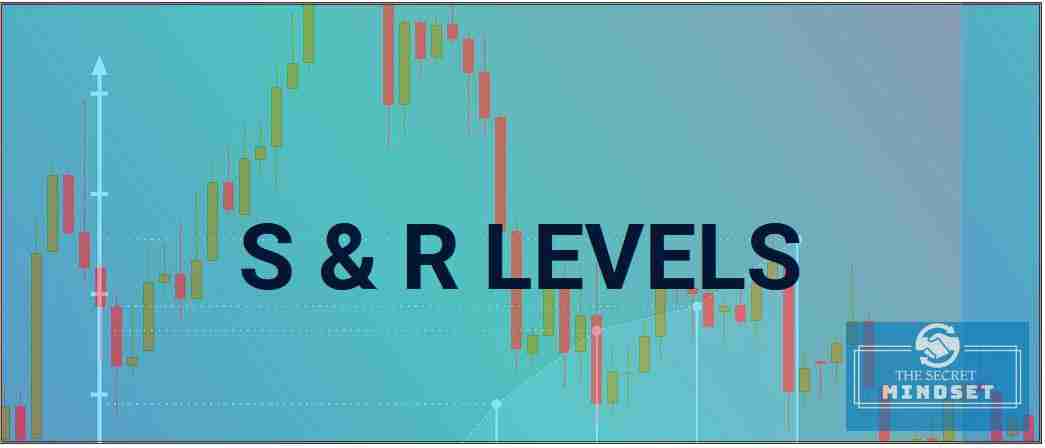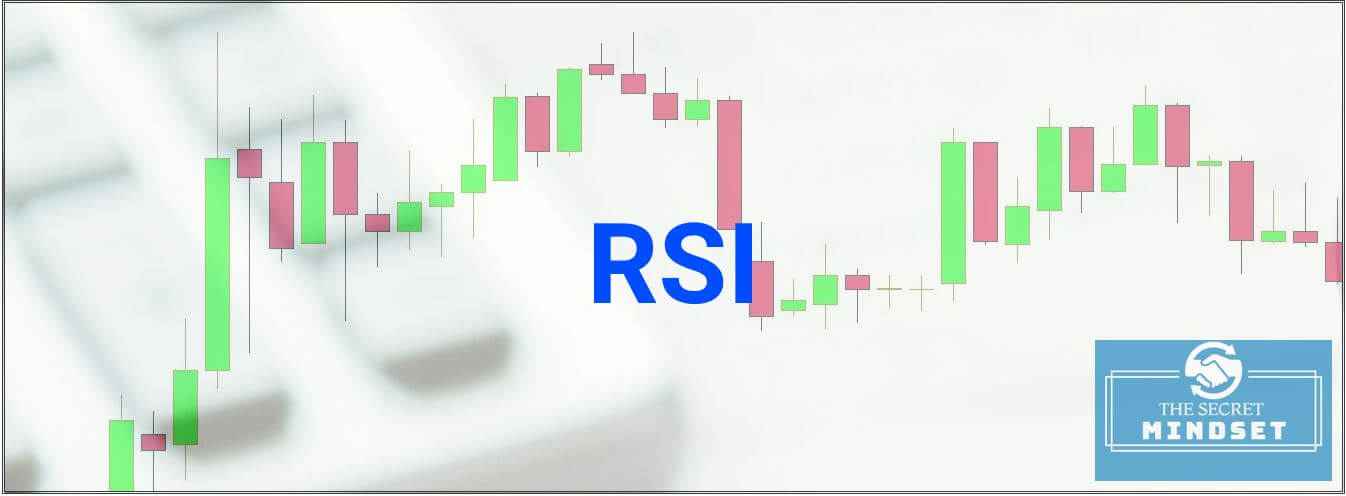Table of Contents
Spread trading is a technique which involves buying one asset (contract, stock, bond, index etc.) and selling a similar or related asset, in order to profit from a change in the price differential. Spread trading is not a new trading method. This technique was used since the beginning of future markets in order to diminish price volatility risk on the futures transactions.
What Is Spread Trading
Spread trading is considered a conservative trading method. Usually, spread trading will help traders do reduce potential losses, but also brings smaller profits. Basically, spread trading tracks the difference between the price of the asset is you are buying and the price of the asset is you are selling.
Spread trading could also be interpreted as a hybrid between speculation and hedging. Rather than taking a risk on price fluctuation, you assume the risk in the difference between two assets. The assets could be two related futures contracts in different markets, or a stock and an index, or between two stocks etc.
Why would you enter into a spread trade? Well, by adopting this method you expect the difference in price between the 2 assets to move in your favor, while reducing your risk. The risk assumed for the difference in price among related assets is much lower than the risk assumed in an outright speculation. Why is that? Because related assets tend to move in the same direction.
Types of Spreads
Intra-Market Spreads
Intramarket spreads, also knowns as calendar spreads or time spreads, involve a long position in one contract month and a short position in a different contract month, in the same futures market on the same exchange. Basically, you buy one delivery month and sell another one in the same asset, on the same market.
Examples of intra-market spreads:
- You buy August Crude Oil and simultaneously sell October Crude Oil.
- You buy July Corn and simultaneously Short September Corn.
- You sell March Wheat and simultaneously buy June Wheat.
Once the spread trade is on, prior to the expiration date of the contract the position must be reversed. This means that you sell the contract month that was initially bought and simultaneously you buy the contract month that was initially sold.
Let’s see the possible outcomes of an intra-market spread, considering the first example (Long August Crude Oil and simultaneously Short October Crude Oil)
- If August Crude Oil contract increases in value relative to the October Crude Oil contract, the position will record a profit because you are long August.
- If August Crude Oil contract decreases in value relative to the October Crude Oil contract, then this position will result in a loss.
Inter-Market Spreads
Intermarket spreads involve long positions in one market, and short positions of the same month in a different market. Or, buying one asset and selling a related asset.
Examples of inter-market spreads:
- You buy May Wheat and simultaneously you sell May Soybeans.
- You buy August Intermediate Crude Oil and simultaneously you sell August Brent Crude Oil.
- You buy March Gold and simultaneously you sell March Silver.
As in the case of intra-market spreads, the position must be reversed by selling the contract that was initially bought and simultaneously buying the contract that was initially sold.
Let’s see the possible outcomes of an inter-market spread, considering the first example ( Long May Wheat and simultaneously Short May Soybeans)
- If May Wheat contract increases in value relative to the May Soybeans contract, the position will record a profit.
- If May Wheat contract decreases in value relative to the May Soybeans contract, then this position will result in a loss.
Advantages of Spread Trading
Spread trades diminish your risk
Spread trading is considered one of the most conservative trading techniques. This method is suited for traders who prefer to minimize risk and adopt a slow and steady approach while trading.
Basically, if you enter both long and short positions, you offset a great portion of the market risk.
Spread trades are less volatile
Spread trading is generally characterized by less volatility than an outright futures position. For many conservative traders, a lower volatility is a good thing. If you are not expecting sudden profits and you prefer a slow, steady growth, then spread trading could be your answer.
Also, spread trading protects traders from extreme market movements that would have forced them out of the market if they have entered a normal trade.
Spread trading offers reduced margins
Spread positions tend to offset each other, and because they bring extra commissions for additional positions in the market, brokers will offer lower margin requirements.
Spread trading allows traders to have a market exposure with reduced margin requirements. The difference in margin requirements can be very important for traders with smaller accounts. By adopting this technique, small traders gain access to products that otherwise might be too large.
For example, with a $10,000 trading account, you can easily enter 5-6 spreads or even more, instead of only 1 or 2 outright contracts. Practically, you are risking a smaller portion of your account on one contract.
We all know how important the moment management is. If spread trading allows you to risk only 8%-10% of your account for one trade, compared to 50%, this is a great edge if you have limited capital.
Spread trading is more flexible, it offers time away from charts
With spread trading, you don’t have to monitor the price action closely. Spread trading offers more flexibility for traders that have a job or don’t like the “screen time”.
Spreads trading offers time away from charts. The recommended way of trading spreads is through analyzing the end-of-the-day data. Once you’ve made your research and pulled the trigger, that’s it, you don’t have to monitor the trades all the time.
Spread trading can generate a higher return on margin
In general, a trader can obtain a higher return on his margin using spread trades. Why is that? Because the margin on spread trades is much lower.
Let’s take an example:
You want to buy August Crude Oil and simultaneously sell October Crude Oil.
- Let’s consider that every point in spread trading is valued at $50 and every point in outright futures is also valued at $50.
- Let’s say that the margin requirement for Crude Oil futures is $500, while for spread trading is $100.
- A 3-point move in the right direction in Crude Oil futures or a 3-point move in the right direction in the spread would bring $150 ($50 X 3).
However, if we calculate the return on margin, we’ll observe a big difference:
- Crude Oil futures- $150/$500 = 30% return
- Crude Oil spreads – $150/$100 = 150% return
These are theoretical examples, but you get the picture. Spread trading gives you a big advantage over conventional futures trading.
Spread trading offer diversified trading opportunities
Spread traders constantly use their experience and intuition to identify new trading opportunities and to gain an edge over the market. Traders can spread one commodity against another, one stock against another, one currency pair against another, one index against another, one cryptocurrency against another etc. With spread trading, the sky is the limit. It’s up to every trader to analyze the markets, compare different types of asset and spot spread patterns.
Spread Trading Charts in Excel
By now, I hope you already familiar with spread trading, its concepts and advantages. But how do you spot these trades, how to you plot them on a chart, how do we compare two assets?
Most trading platforms don’t offer spread charts and the ones that offer these services would probably cost you a fee. Let me show you how you can create your own spread charts in Excel. I’ll try to make it as simple as possible.
Let’s say that we want to create and analyze the spread between Bitcoin and Ethereum cryptocurrencies in the last 2 years.
- Go to https://finance.yahoo.com/
- In the search field, type Bitcoin.
- The page you are directed is the summary page of Bitcoin. You should see the following fields: Summary, Chart, Profile, Conversations, Historical Data.
- Click on the Historical Data. In this page, you’ll see the Time Period, Historical Prices and the Frequency. In the Time Period, we will select the time frame during which we want to analyze the spread. The Frequency will remain at Daily (you could customize to weekly or monthly).
- As we are currently in 14.06.2018, we set the time period 14.06.2016 – 14.06.2018, with a daily frequency. Click on Apply and you should get the data in the last 2 years.
- As you notice in the table presented you have retrieved the following data: Date, Open, High, Low, Close, Adj Close, Volume. The “Close” data is the most important data for us.
- Click on Download Data in order to save the file. The data will automatically be downloaded onto your computer as a CSV file.
- In Excel we have to click on Save As and change the file name to “Bitcoin_spread” and save the file as an Excel workbook 97-2003. If you are using a newer version of Excel this doesn’t matter. Just make sure you save it as an Excel Workbook.
- Open the Excel file and Delete the following columns: Open, High, Low, Volume and Adj close. The information you should be left with is two columns showing the date in column A and the Closing price of Bitcoin in column B. Change the title of column B from “close” to “Bitcoin.” You should have an Excel file similar to the one below
- Now you have to go back to https://finance.yahoo.com and repeat the process for Ethereum cryptocurrency. We want to align the closing data for both cryptocurrencies for each trading day.
- In the search field, type Ethereum.
- The page you are directed is the summary page of Ethereum. You should see the following fields: Summary, Chart, Profile, Conversations, Historical Data
- Click on the Historical Data. In this page, you’ll see the Time Period, Historical Prices and the Frequency
- As in the case of Bitcoin, we set the time period 14.06.2016 – 14.06.2018, with a daily frequency. Click on Apply and you should get the data in the last 2 years.
- Click on Download Data in order to save the file. The data will automatically be downloaded onto your computer as a CSV file.
- In Excel we have to click on Save As and change the file name to “Ethereum_spread” and save the file as an Excel workbook 97-2003.
- Open the Excel file and Delete the following columns: Open, High, Low, Volume and Adj close. The information you should be left with is two columns showing the date in column A and the Closing price of Ethereum in column B. Change the title of column B from “close” to “Ethereum.”
- Copy the Ethereum column from Ethereum_spread workbook next to the Bitcoin column in the Bitcoin_spread workbook. You should obtain something similar to this:
- Delete the Ethereum_spread file, as we don’t need it anymore, and rename the Bitcoin_spread in Bitcoin_Ethereum_spread.
- Now, we have to create the spread between the 2 assets. In the spreadsheet go to Cell D1 and rename column as “Bitcoin/Ethereum Spread”. In Cell D2 type the following formula = B2/C2 and press Enter. Apply the formula to the entire D column, by dragging the D2 cell down. Right click over column D and select “Format Cells.” Choose the “number” option and make sure the format is set to two decimal places before clicking Ok. You should obtain this:
- All we have to do now is to plot a chart. Select the Date column and the Bitcoin/Ethereum spread column, go in Insert- Chart- Line chart. And here it is: your own spread chart.
I won’t go into much detail about how you can format this spread chart. What’s important is that now you have a graphical visualization of a spread trade. You can compare different types of assets, commodities, currencies, indexes, ETF’s etc.
How To Read Spread Charts
In the Excel above on June 12th 2018, the Bitcoin price closed at $6310.43 and the Ethereum price closed at $470.30. The spread therefore is:
$6310.43/$470.30= 13.25
If the Bitcoin price “outperforms” the Ethereum price by say 10%, the spread will rise by 10%. So for example, if the Bitcoin price went up to $ 6941.47 and the Ethereum price didn’t move and stayed at the same level of $470.30, the new calculation would be:
$ 6941.48 / $470.30= 14.57
This means the spread has increased by 10%. This is because the Bitcoin price has increased by 10% and the Ethereum price has stagnated.
We can check our math by comparing the spread data:
{(14.57 – 13.25) 13.25} X 100 = 10%
Bitcoin price and the Ethereum price can both increase and they can both decrease. However, if the Bitcoin price “outperforms” the Ethereum price in either scenario, the spread will go up.
In terms of positioning, if we believe that the Bitcoin price will outperform Ethereum price, then we might want to be Long Bitcoin and Short Ethereum.
How do we determine that one asset will outperform the other? Well, if you like technical analysis, it can help you. We added a 50-period moving average to the spread chart. Now, we could trade taking into account this technical indicator. Or we can use basic support and resistance levels.
If I look at the spread chart above, I might favor a Long trade on Bitcoin and a Short trade on Ethereum, after the spread will close above the 50-period moving average.
Final Thoughts
Spread trading is a great trading technique for both professional traders and beginners. If you are a conservative trader, you’ll soon find out that spread trading is much safer than the trading of outright futures contracts.
If you prefer calm, quiet trades, diversified trading opportunities, less volatility, higher returns on margins and more time away from the computer, then spread trading might be the perfect technique for you.

